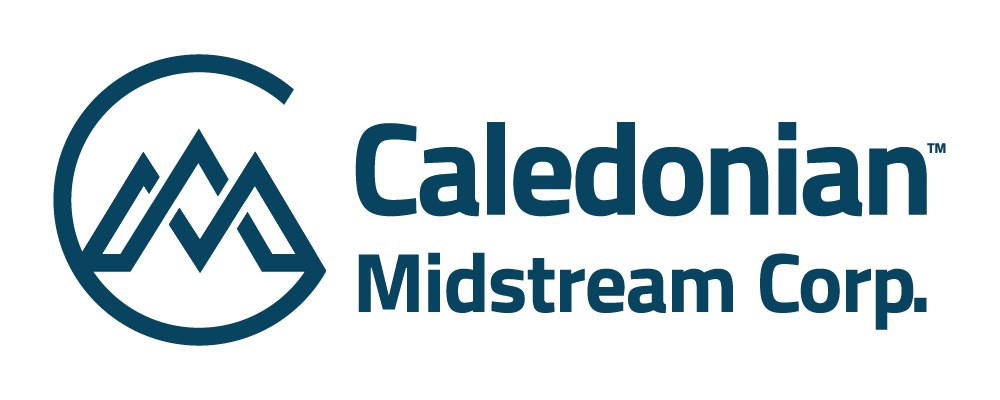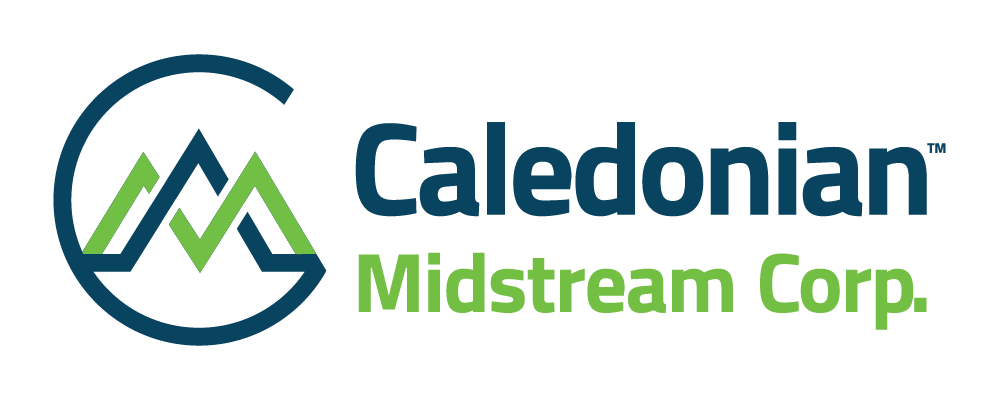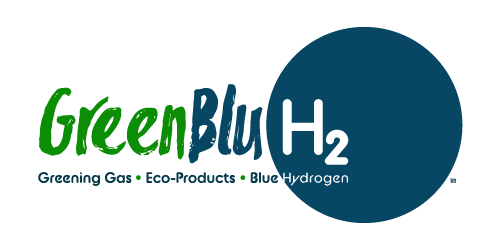By reducing the overall carbon footprint we create a world-leading Green Complex to manufacture Blue Hydrogen and Methanol, and we will sequester excess CO2 in an environmentally responsible manner. Sequestration will be achieved through injection of CO2 into the Turner Valley formation associated with the Quirk Creek Field Operations and production, or in conjunction with Enhanced Oil Recovery (“EOR”) of reserves located close to the Quirk Creek Gas Plant.
Measuring carbon through the entire manufacturing life cycle.
The Carbon Intensity (“CI”) of hydrogen production is a method for comparing the end-to-end life cycle Greenhouse Gas (“GHG”) emissions of hydrogen as it moves from primary energy source/feedstock to delivered energy commodity. End-use can also be considered in the life cycle analysis. In the case of hydrogen made from natural gas via SMR+CCUS, this includes the upstream emissions required to recover the gas, and the emissions released during the SMR process.
Achieving a Low Carbon Intensity (“CI”)
At present SMR technology coupled with CCUS is the lowest cost and most effective mechanism of creating hydrogen with an acceptable CI. We are focused on achieving a carbon intensity of less than 1.0 (“Blue Hydrogen”) through the coupling of the proposed SMR and CCUS strategy at a competitive budgeted cost.




